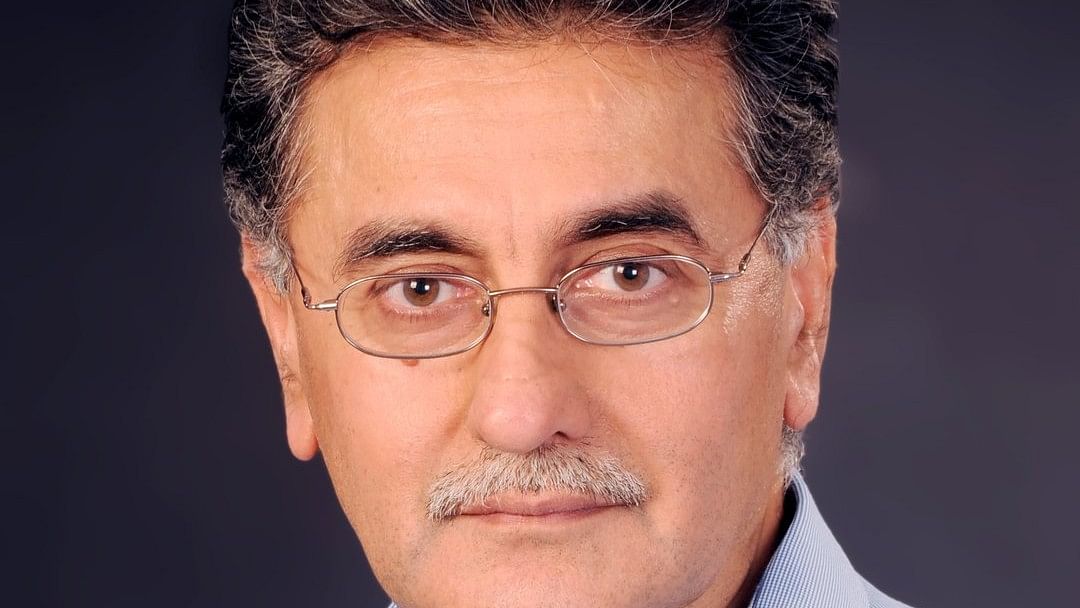
Ajai Sahni
The 26/11 Mumbai attacks were a turning point in Islamist terrorism in India, outside Jammu and Kashmir. Between 2005 and 2008, fatalities in terror attacks remained over 100 each year, peaking at 362 in 2008, the year of 26/11.
But they came down to just 11 the next year and remained in single or low double digits thereafter, with a subsequent peak of 31 in 2013. Between 2017 and the present, three years have recorded no such fatalities, three years have recorded a single fatality each, and 2022 recorded three killed.
The immediate drop in the fatalities in 2009 indicates that no strategic or structural changes, which would have taken years to realize, could have been responsible. A variety of other factors account for the marginalisation of Islamist terrorism outside J&K.
As regards, J&K, a declining trend, with some transient spikes, had been established after the peak in 2001, with 4,011 fatalities, bottoming out at 121 in 2012, to rise again in the following years, with a transient peak at 452 in 2018. 111 fatalities have been recorded in 2023 (till November 15).
DH Illustration
It would, however, be a mistake to believe that these trends were the outcome of some extraordinary shift in counter-terrorism (CT) policy or strategy on the part of the state or central governments. There have, of course, been some incremental augmentations of capacity, and the creation of some force and institutional structures specifically intended to target terrorism (most prominently the establishment of several dispersed NSG ‘hubs’ and state special CT forces such as Force 1 in Mumbai, a much-delayed and grossly underutilised CCTNS, and the creation of the National Investigation Agency).
Then Prime Minister Manmohan Singh noted in 2006, “Unless the ‘beat constable’ is brought into the vortex of our counter-terrorist strategy, our capacity to pre-empt future attacks would be severely limited”. The upgradation and reform of general policing have repeatedly been emphasised as the core of proactive CT response capabilities. While there have been some improvements on the margins, these are far from what is generally acknowledged to be necessary. In terms of sheer numbers, as of January 1, 2009, the police-population ratio was 134.3 per 100,000. Thirteen years later, according to BPR&D data, this figure had crawled up to 152.8 far below the 220-plus that is considered necessary even for ‘peacetime policing’. Worse, chronic resource deficits limit the capacities and capabilities even of these numbers. On average, expenditure on the state police works out to a paltry Rs 2.19 per day per capita population across India.
Crippling political interference, abuse and corruption of enforcement and investigative agencies, moreover, have reduced these to partisan political tools of ruling formations at the Centre and in the states, blunting their efficacy and misdirecting substantial proportions of limited resources to ends they are not intended to serve. Trends to centralization and political subordination have undermined any impetus towards serious police and CT reform, even as they have undermined trust in and effectiveness of these agencies. ‘Police reforms’ are ritually discussed from time to time at various fora, and in the media, but the system remains stubbornly impervious to meaningful change.
It is important to recognize, further, that India’s Muslim community has remained substantially resistant (with exceptions) to Islamist extremist terrorism, especially the siren call of ‘global’ terrorist groups such as al Qaeda and the Islamic State. Despite efforts since 1996, al Qaeda has secured no traction in India, and just 111 Indians joined the Islamic State after the inclusion of the country in IS’ imagined Khorasan Province in 2014.
26/11 was decisive in substantially ending the Western ‘tolerance of terrorism’ in India. Crucially, 26 foreigners, including Americans, were killed in the attack, and Western capitals abruptly withdrew the implausible cover of ‘plausible deniability’ they had long provided Pakistan. International and media pressure on Pakistan mounted exponentially, even as Islamabad’s internal challenges became decisive. 2008 was the year of Lal Masjid, after which domestic terrorism in Pakistan soared dramatically, even as the economy crumbled.
None of the changes in India’s ‘security architecture’, individually or collectively, has made India inherently less vulnerable to a 26/11 type of attack in future. It is the adversary’s capacities and intent that have weakened.
(The writer is the Executive Director of the Institute for Conflict Management)